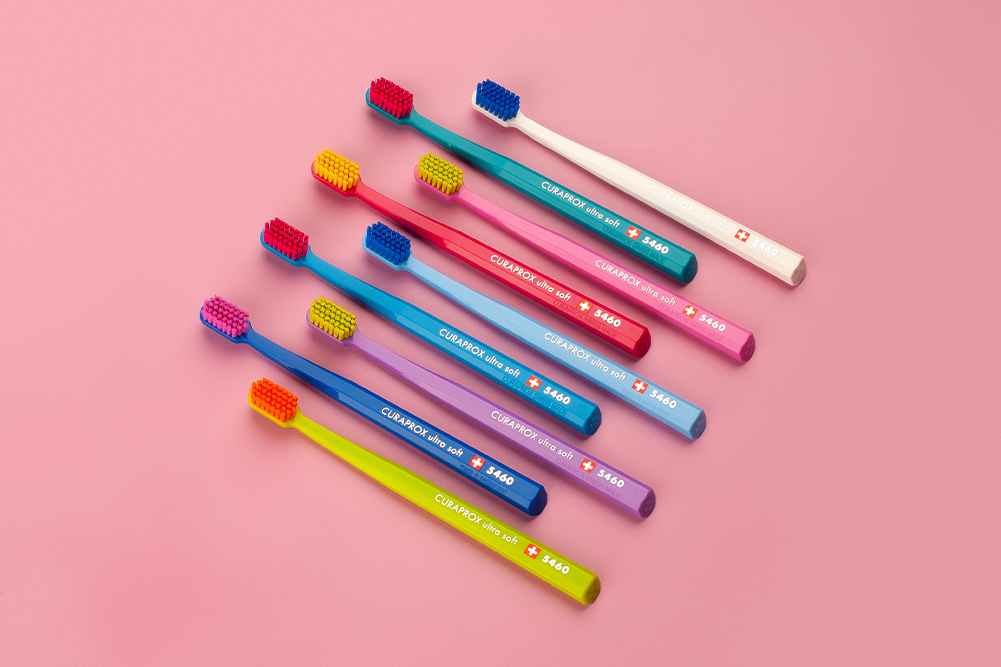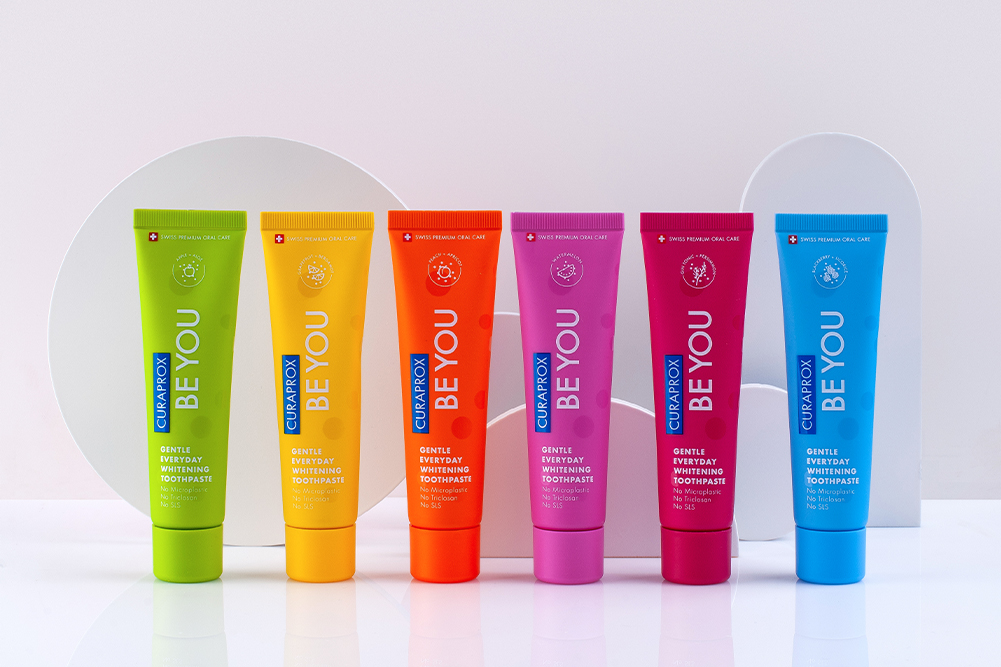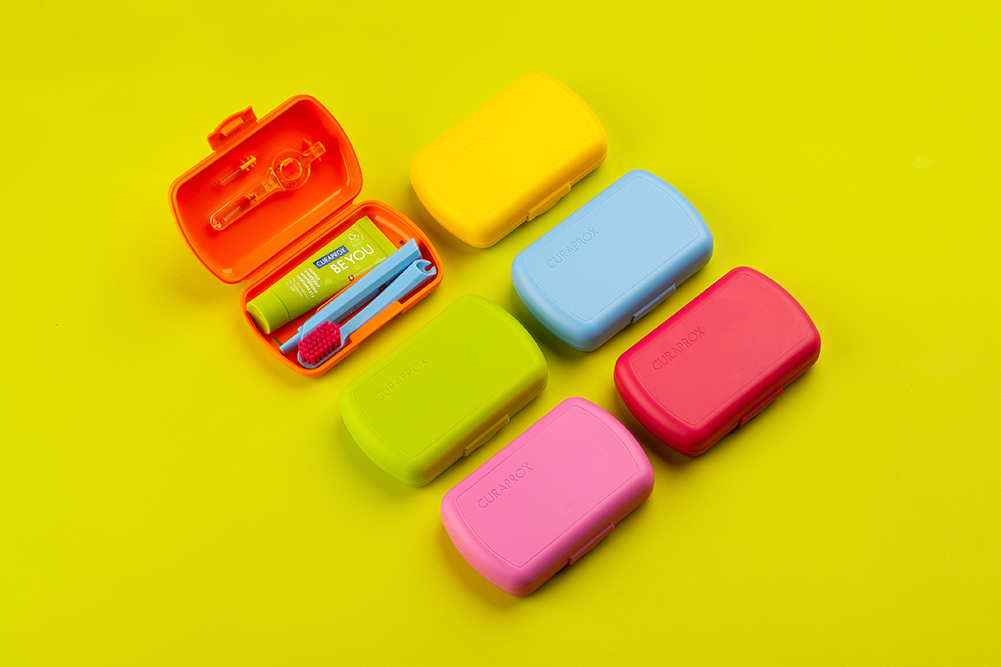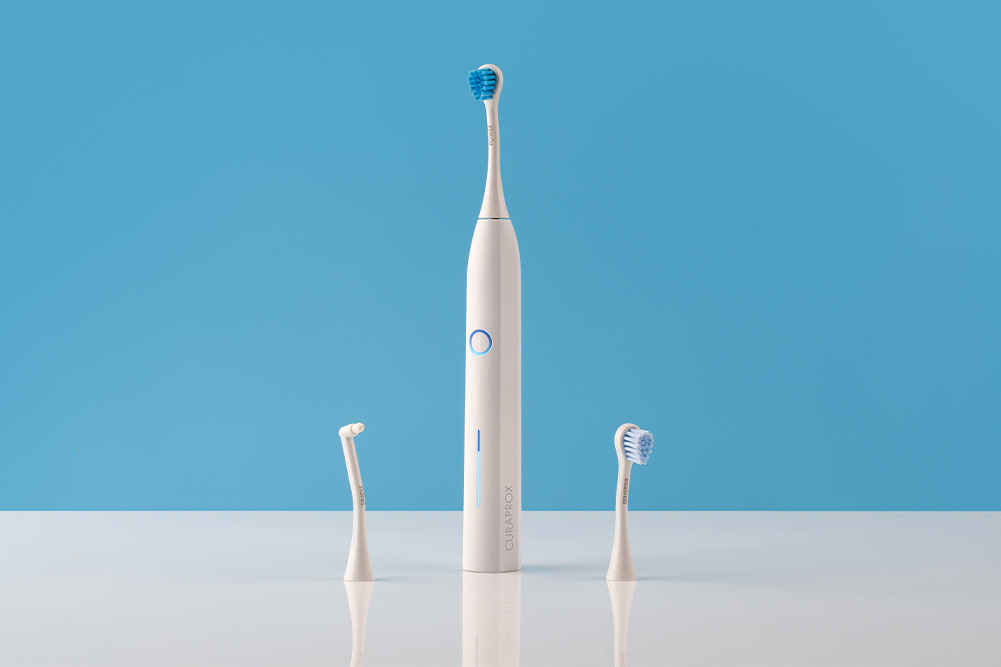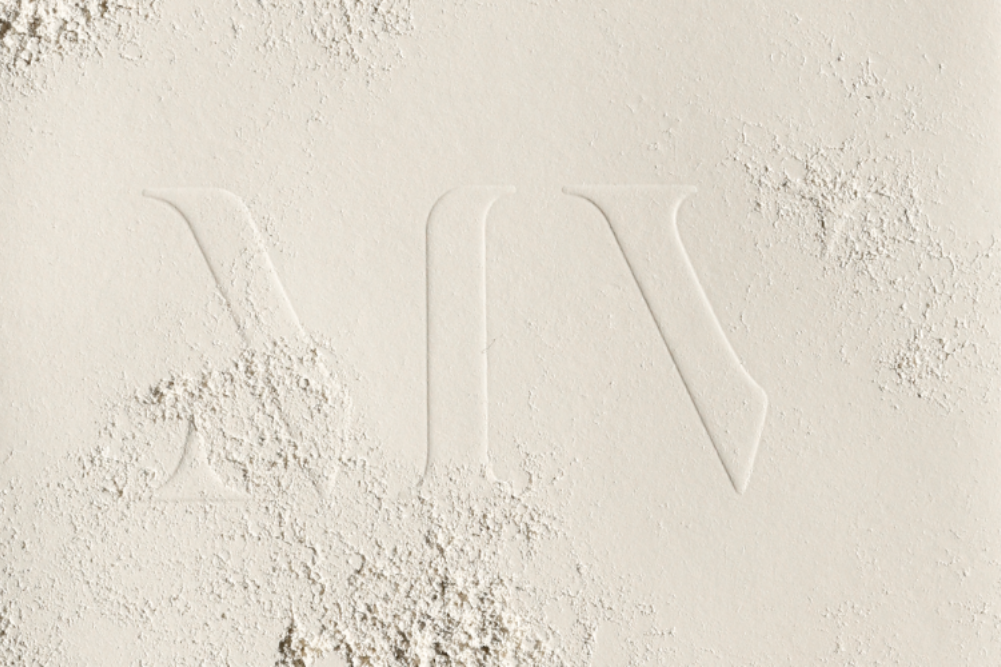Your guide to natural exfoliants
Methods of exfoliation haven’t changed much since the Romans bathed in milk and wine. It has only been in the last 15 years that scientists have put a chemical name to those coveted acids that gave Cleopatra her fine complexion.
Mechanical exfoliants have similarly been around for as long. The Egyptians employed pumice and alabaster to remove imperfections and the Japanese are sloughing experts — for thousands of years they have ritualistically ground up grains to beautify and rejuvenate the skin. It’s instant gratification: just a few scrubs away from a smoother, more radiant complexion.
Over the centuries everything from minerals, clays, plants and acids have been used help remove or dissolve old skin in pursuit of a more youthful, glowing facade. Recently, more profound methods of exfoliation have become popular including both dermabrasion and chemical peels. But as more layers are peeled back, there is controversy over how much is too much. The jury is out — go gentle.
How does it work?
The skin, when the body is fit and healthy, is very good at looking after itself, including turning over cells.
It happens like this. A cell is born at the basal or germinative cell layer of the epidermis (the outer layer of skin made up of many layers) and begins its journey upward to the outermost layer of the skin (the stratum corneum made up of an impressive 25—30 layers) until it is shed. It doesn’t travel alone, as it is adhered to other cells by intercellular glue like cement. Their travel is hastened by impatient dividing cells pushing up beneath them. It is believed that cells are programmed when they are young; each cell has an internal clock that ensures the cell is linked for a certain period of time.
Cell cohesion decreases as they move the surface of the skin, allowing cells to slough off, and this weakening action is accelerated by enzymes. The desquamation (or exfoliating) process usually takes about four weeks; however, it can take as long as 75 days depending on the age and condition of the skin.
Blood vessels in the dermis, below the birthplace of the cells, supply nutrients to support this active growth of new cells (making diet and lifestyle important for the quality of the cell produced). It is the perfect setup when running to plan: as dead skin cells are whisked away, new skin cells are born.
As the cells move up and away from their blood supply, their cell content and shape change and they become older and more irregular in shape. The cells begin to die and accumulate a substance called keratin. The outer layer (horny layer of stratum corneum) is the layer we see from the outside. Cells here are flat and scale-like in shape and impart a tough and waterproof character to the skin’s surface.
The longer it takes for the cells to reach the surface, the older and flatter they are when they get there. This is one reason that older skin loses its radiance. By stimulating the skin through exfoliation, you help emerging cells get to their destination faster, at the same time stimulating the production of new cells.
As we age, the glue-like intercellular cement holding the cells together also becomes denser, causing a buildup in the layers of cells, and natural exfoliation becomes more difficult, resulting in a skin that appears dull, thicker and with less tone. (Wrinkles also look deeper when old skin cells accumulate either side of them.) This may be exacerbated by environmental factors (exposure to sunlight), hormonal influences and deficiencies in various vitamins (A and D). Toxins become trapped in skin with accumulated debris and it’s difficult for a moisturiser to penetrate skin.
Gentle and regular exfoliation is very helpful, especially as we age. It can also be very helpful for skin suffering pigmentation, scarring and uneven tone; for oily skin; for lined and wrinkled skin; and for the prevention and removal of blackheads as well as acne.
How much is too much?
The skin serves as the body’s protective barrier amongst performing myriad other regulatory functions. It’s also the body’s interface with the world and organ of sense and sensuality.
The brain invests a lot of energy into the skin with millions of sensors feeding information back to the brain. It’s important we look after it, for both physical and emotional health. Excessive exfoliation can remove the skin’s protective substances, fats and oils, including skin lipid and melanin. Melanin is a pigment that is absorbed into the dividing skin cells to help protect them against damage from sunlight (ultraviolet light).
Overdoing exfoliation can dry out the skin, remove these protective substances and render it more photosensitive and vulnerable to environmental assault. Mild inflammation can promote rejuvenation, but again in moderation. Regular and excessive exfoliation can cause a deeper inflammation and trigger free radical activity, causing damage.
The general rule is the more layers removed from the skin, the greater the risk of damage, especially with harsher methods such as dermabrasion and chemical peels. After exfoliating the skin, use a moisturiser, preferably with anti-inflammatory ingredients.
Slow skin
Unless you are under the treatment of a dermatologist for acne scarring, pigmentation or deep wrinkles, slow it down. Exfoliation is a great tool, especially as we age, but take it easy.
The skin removes dead skin cells that would eventually separate of their own accord. Slowing down the cell’s lifespan buys time to repair damage. With more time to conduct natural repair processes, skin cells can perform at optimum level.
A good, balanced diet with lots of organic fruits and vegetables, lean protein such as fish, chicken and turkey, legumes, beans and nuts, alongside regular exercise will assist the skin renewal process, help normalise keratinisation and improve the skin’s health and appearance.
Methods of exfoliation
Regenerative ingredients
In nature there is a plethora of plants that boast regenerative and wound-healing benefits. Essential oils from plants are made of tiny molecules easily absorbed in the deeper layers of the skin where they can provide profound rejuvenation by stimulating cell turnover and also help normalise the keratinisation process. These oils include rose absolute and otto, everlasting, carrot seed, lavender, frankincense, sandalwood, calendula, chamomile (both German and Roman) and rosewood. Rosehip oil contains transretinoic acid, but unlike retinoic acid that can irritate the skin, rosehip gently refines, nourishes and rejuvenates the skin. Any ingredients that are moisturising such as aloe vera, seaweed, lipids and fats found in unrefined vegetable and nut oils assist the process of exfoliation as the skin’s natural exfoliating enzymes won’t work unless the skin is properly moisturised.
Clays
Australian or French clays make wonderful gentle cosmetics, to heal, refine, draw toxins from the skin and smooth the complexion. Weekly masks make impressive skin-rejuvenating treatments. Mix with water, milk, yoghurt or juice and add one drop of essential oil. Green clay is suited to oily and acneous skin. Pink clay suits sensitive and mature skin types.
Mechanical exfoliants
Mechanical exfoliants help eliminate surface stratum corneum cells by use of a tool to physically exfoliate the skin. Shaving and waxing naturally exfoliate the skin. Using a flannel or cotton cloth to remove your cleanser daily is an effective and gentle form of exfoliation. Finely ground ingredients such as rice bran, fine oatmeal and micro jojoba beads help loosen the outer dead cells that make up the stratum disjunctum layer when friction and abrasion are applied. This also helps to unblock congested pores. The result will vary, depending on the ingredient used and the pressure applied. Avoid any sharp granules such as crushed shell, which can cause irritation, micro-wounds and infection. Mechanical exfoliation is not so suited to skin that is highly sensitive or with broken capillaries, unless you are using an extremely gentle and soft kind such as fine oatmeal-soaked milk.
Chemical exfoliation
Chemical exfoliation utilises chemicals such as alpha hydroxy acids (including malic acid found in apples, tartaric acid in red wine and tomato, citric acid in citrus, lactic in milk and yoghurt), beta hydroxy acids (salicylic acid in willow bark), retinol (a derivative of vitamin A), enzymes and phytic acid (found in rice bran).
Alpha hydroxy acids exfoliate the skin differently to mechanical exfoliants. Studies indicate that AHAs dissolve the intercellular glue holding the keratin cells together and that low pH levels associated with active AHA solutions cause a burst in skin exfoliation. AHAs help normalise cell turnover in the epidermis; this stimulates the formation of normal healthy skin which includes a sloughing of the stratum corneum, a decreased formation of dry scales on the skin’s surface and stimulation of the cell cycle. Alpha hydroxy acids have the added bonus of improving moisture within the layers of the skin. Salicylic acid is particularly helpful to acneous skin types
However, moderate to high concentrations of these acids in cosmetics (extracted from foods or synthetically replicated) can literally remove layers from the skin and, although this can be very helpful for those suffering acne, scarring or pigmentation, they are best used as a short-term treatment. Using alpha hydroxy acids in fresh food masks are a great way to refine the skin and reap the benefits of the other many nutrients found in the food. Fruits provide a superficial treatment and boast anti-inflammatory agents that help balance the harshness of the acids. Nature provides the perfect balance to rejuvenate and protect. Lactic acid found in milk and yoghurt has the unique ability to help synthesise collagen. Constant use of low to moderate levels of AHA’s particularly lactic acid has shown to increase the thickness of the skin. Some dermatologists think that this beneficial especially for ageing skin that is thinning.
Enzymes from papaya (papain) and pineapple (bromelain) are also impressive exfoliants and Vitamin A (retinol) can be very helpful in accelerating cell turnover. More recent studies have demonstrated that enzymes from bacillus ferment (an enzyme produced by bacteria) act as proteolytic agents, digesting keratin protein and assisting in the exfoliation process.
Professional chemical peels
Chemical peels are an extreme and invasive method of resurfacing the skin by inducing a controlled wound to the skin. They literally remove the top layers of skin to help induce collagen remodelling and therefore can improve sun damage, pigmentation, wrinkles, scarring and the overall appearance of the skin. These include AHA peels (at higher concentrations than you get in over-the-counter cosmetics), retinoic acid peels, Jessner’s Peel (a combination of salicylic acid, resorcinol and lactic acid), trichloroacetic acid and phenol, among others. These different types of chemical peels are each suited to different skin problems and types. Chemical peels vary in strength and are classified as superficial, medium or deep according to the level of skin they reach.
The deeper the peel, the higher the rate of complications and the longer the recovery. Complications can include scarring and, for those with darker skin, a higher risk of pigmentation. It is important to remember that acid peels simulate first-degree skin burns. Their aim is to burn away the epidermis. If not administered precisely, the treatment can continue to burn through to the dermis, which can cause deep-tissue scarring. Sun exposure post-treatment should be avoided as it can lead to pigmentation. Some people with keloid or immune disorders should avoid these peels. It’s important to discuss all of these issues with a dermatologist.
Dermabrasion
Dermabrasion is a technique that uses a wire brush or a diamond wheel with rough edges (called a burr or fraise) to remove the upper layers of the skin. The brush or burr rotates rapidly, taking off and levelling (abrading or planing) the top layers of the skin. Factors that affect the depth of the resurfacing include how coarse the burr or brush is, how quickly it rotates, how much pressure is applied and for how long, and the condition and features of your skin.
This process injures or wounds the skin and causes it to bleed. As the wound heals, new skin grows to replace the damaged skin that was removed during dermabrasion. The procedure requires local or general anaesthetic. Again the recovery time is long — skin regrowth begins between 5—8 days and the new pink skin usually fades within 12 weeks. It is used to treat acne scarring and superficial skin growths and for the removal of tattoos. It gives scarred skin a more uniform appearance. Again, like chemical peels, this is an invasive and extreme method. Risks include scarring, pigmentation, increased sensitivity to sunlight, tissue damage and redness.
Green Peel
The green peel is a natural plant- and herb-based peel that increases blood flow to the skin and deeply exfoliates it. The peeling action is done by the micro particles in the herbs themselves. These particles gently polish the skin’s upper layer or epidermis, while other active ingredients penetrate the deeper layers. Over the ensuing 48 hours they release a variety of vitamins, enzymes and plant hormones that cleanse and revitalise the skin. The results are similar to that of chemical peel, but apparently without the side-effects.
It was developed in Germany in the early 1950s and has been used successfully since. It does not contain any chemicals or synthetic peeling agents. It can be used for oily skin, with a rough appearance, skin impurities, fine lines and wrinkles, pigmentation and sun spots. It provides gentle peeling of the outer layers of skin while providing the sensitive newly growing skin with nutrient-rich protection. It doesn’t cause burning or tears if it comes in contact with the eyes. The skin peels away three to four days after treatment.
Natural exfoliating recipes
Basic scrub mix
This is appropriate for all skin types; however, if you have broken capillaries, remove the rice flour.
¼ cup rice flour
¼ cup very fine oatmeal
1 tbsp cosmetic clay
Combine ingredients together and store in an airtight container in the fridge. To use: mix 2 tsps of scrub with 1 tsp wet ingredients such as yoghurt, milk or apple juice.
Papaya enzyme facial
Suitable for all skin types
Rub the inside of the papaya skin or mashed-up flesh over the complexion and leave for 20 minutes. Option: mix with live yoghurt. Yoghurt contains skin-refining acid and bacteria.
AHA hydrating skin clear mask
For all skin types, including dry, oily, acneous and mature.
2 tbsp apple juice
2 tbsp lemon juice
1 tbsp tomato juice
2 tsp citrus pectin
Mix the juices together. Slowly whisk in the pectin until you reach a gel like consistency. Apply to a clean complexion and décolletage.
